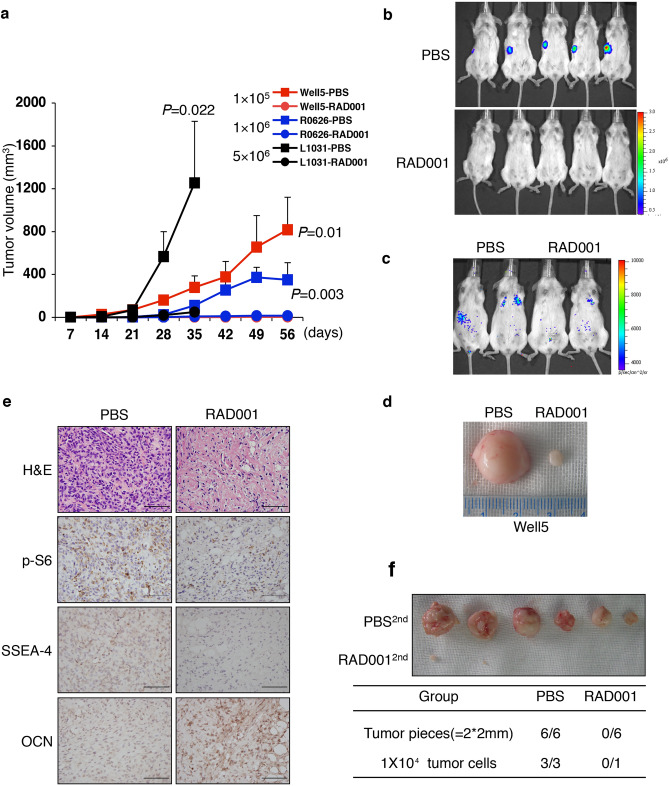Wu Zhang
Wu Zhang
1State Key Laboratory for Medical Genomics, Shanghai Institute of Hematology and Collaborative Innovation Center of Hematology, Rui-Jin Hospital Affiliated to Shanghai Jiao-Tong University School of Medicine, Shanghai, 200025 People’s Republic of China
5Collaborative Innovation Center of Systems Biomedicine, Shanghai, 200025 People’s Republic of China
1,5,#,
Meng-Lei Ding
Meng-Lei Ding
1State Key Laboratory for Medical Genomics, Shanghai Institute of Hematology and Collaborative Innovation Center of Hematology, Rui-Jin Hospital Affiliated to Shanghai Jiao-Tong University School of Medicine, Shanghai, 200025 People’s Republic of China
1,#,
Jia-Nian Zhang
Jia-Nian Zhang
3Shanghai Institute of Digestive Surgery, Shanghai, 200025 People’s Republic of China
3,
Jian-Ru Qiu
Jian-Ru Qiu
2Division of Orthopedics, Shanghai Institute of Traumatology and Orthopaedics, Shanghai, 200025 People’s Republic of China
2,
Yu-Hui Shen
Yu-Hui Shen
2Division of Orthopedics, Shanghai Institute of Traumatology and Orthopaedics, Shanghai, 200025 People’s Republic of China
2,
Xiao-Yi Ding
Xiao-Yi Ding
4Department of Radiology, Rui-Jin Hospital, Shanghai, 200025 People’s Republic of China
4,
Lian-Fu Deng
Lian-Fu Deng
2Division of Orthopedics, Shanghai Institute of Traumatology and Orthopaedics, Shanghai, 200025 People’s Republic of China
2,
Wei-Bin Zhang
Wei-Bin Zhang
2Division of Orthopedics, Shanghai Institute of Traumatology and Orthopaedics, Shanghai, 200025 People’s Republic of China
2,✉,
Jiang Zhu
Jiang Zhu
1State Key Laboratory for Medical Genomics, Shanghai Institute of Hematology and Collaborative Innovation Center of Hematology, Rui-Jin Hospital Affiliated to Shanghai Jiao-Tong University School of Medicine, Shanghai, 200025 People’s Republic of China
5Collaborative Innovation Center of Systems Biomedicine, Shanghai, 200025 People’s Republic of China
1,5,✉
1State Key Laboratory for Medical Genomics, Shanghai Institute of Hematology and Collaborative Innovation Center of Hematology, Rui-Jin Hospital Affiliated to Shanghai Jiao-Tong University School of Medicine, Shanghai, 200025 People’s Republic of China
2Division of Orthopedics, Shanghai Institute of Traumatology and Orthopaedics, Shanghai, 200025 People’s Republic of China
3Shanghai Institute of Digestive Surgery, Shanghai, 200025 People’s Republic of China
4Department of Radiology, Rui-Jin Hospital, Shanghai, 200025 People’s Republic of China
5Collaborative Innovation Center of Systems Biomedicine, Shanghai, 200025 People’s Republic of China
© The Author(s) 2021
Open Access This article is licensed under a Creative Commons Attribution 4.0 International License, which permits use, sharing, adaptation, distribution and reproduction in any medium or format, as long as you give appropriate credit to the original author(s) and the source, provide a link to the Creative Commons licence, and indicate if changes were made. The images or other third party material in this article are included in the article's Creative Commons licence, unless indicated otherwise in a credit line to the material. If material is not included in the article's Creative Commons licence and your intended use is not permitted by statutory regulation or exceeds the permitted use, you will need to obtain permission directly from the copyright holder. To view a copy of this licence, visit http://creativecommons.org/licenses/by/4.0/.



